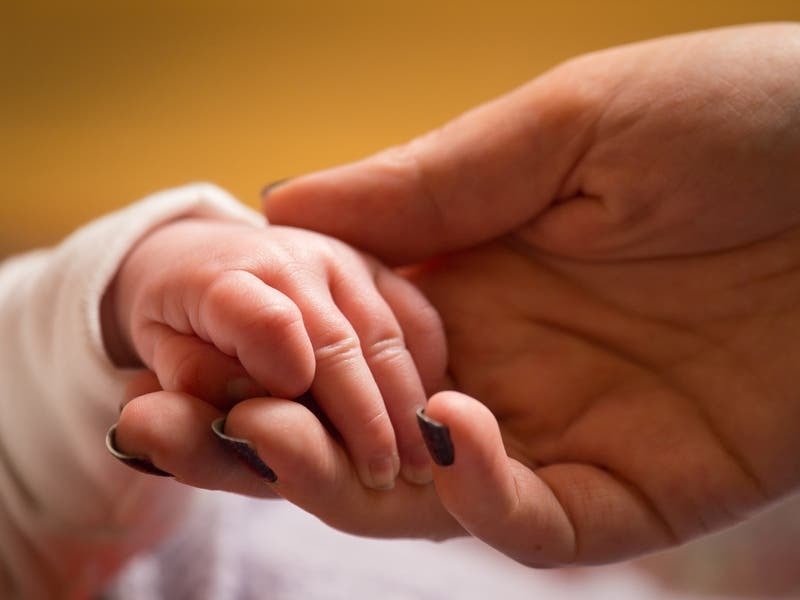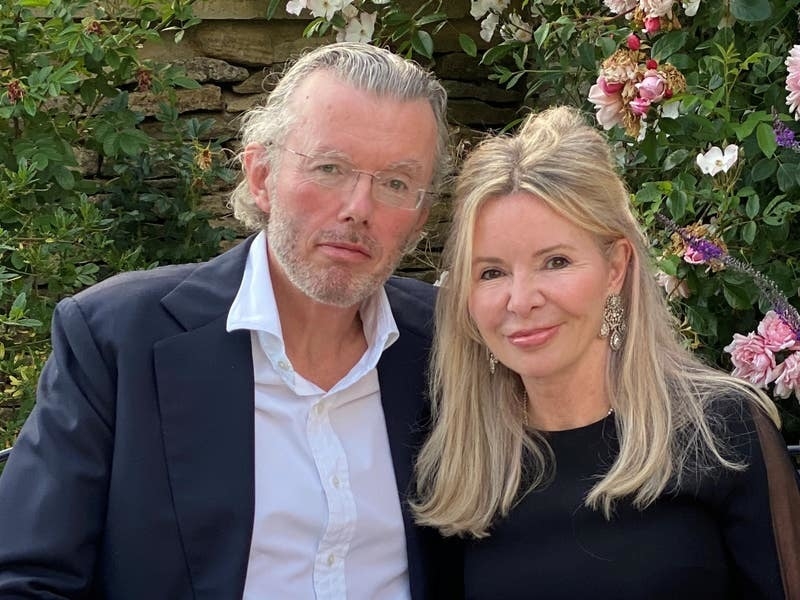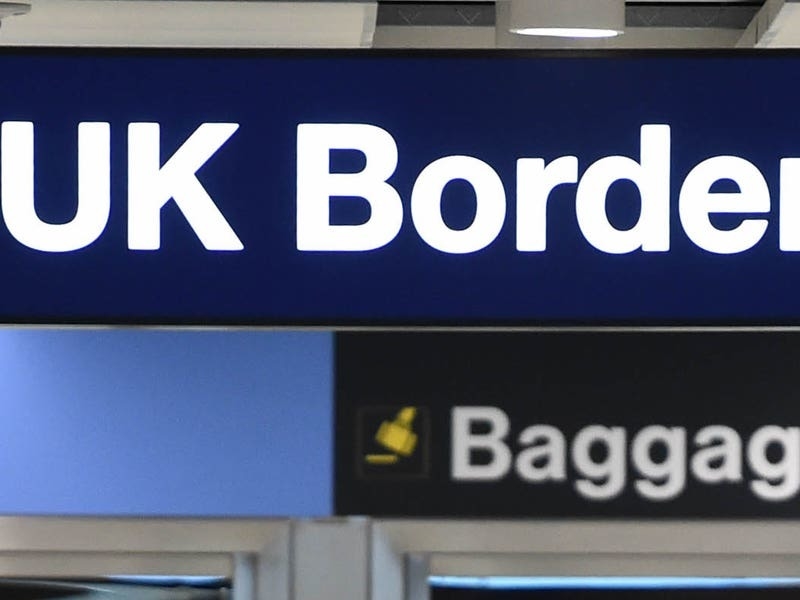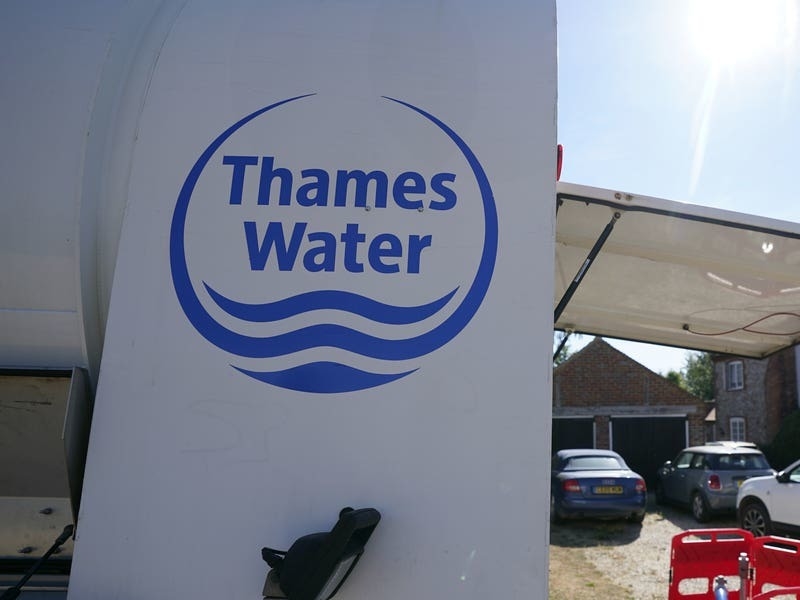News that a baby has been born in the UK using DNA from three people is a testimony to the advancement of science.
– What has happened?
The fertility regulator the Human Fertilisation and Embryology Authority (HFEA) has confirmed that up to five children have now been born in the UK via mitochondrial donation treatment.
This pioneering technique aims to help couples overcome the problem of passing on devastating inherited diseases to their children.
The current work centres on mitochondrial diseases, which can cause serious illness and death.
Mitochondria are present in almost all human cells, including eggs, and create most of a cell’s energy supply. They are vital for life.
But when they go wrong they can cause serious problems. Mitochondrial donation treatment overcomes this.
“Mitochondrial donation treatment offers families with severe inherited mitochondrial illness the possibility of a healthy child. The HFEA oversee a robust framework which ensures that mitochondrial donation is provided in a safe and ethical manner.
— HFEA (@HFEA) May 9, 2023
– How does it work?
Two techniques for mitochondrial donation have been developed and approved by Parliament.
These are maternal spindle transfer (MST) and pronuclear transfer (PNT).
In both techniques, eggs or embryos are created using the nuclear genetic material from parents, plus a very tiny amount of healthy donated mitochondria.
In MST, the nuclear genetic material is removed from the eggs and transferred into donated eggs which have had their nuclear genetic material removed, according to details from the HFEA.
The eggs are then fertilised with sperm to create embryos.
In PNT, which has been used for the current treatment in the UK by Newcastle Fertility, a woman’s eggs and a donor woman’s eggs are fertilised by injecting sperm from the patient’s partner or husband.
Scientists then remove the nuclear DNA from the egg and the sperm, which are contained in the pronuclei.
The pronuclei from patient’s egg are then allowed to fuse with the donor egg.
This results in a reconstructed egg, which contains the nuclear DNA from the patient and her partner and mitochondrial DNA from the donor.
The resulting embryo or embryos are then used in treatment.

Anyone at very high risk of passing serious mitochondrial disease onto their children could be eligible for treatment.
The HFEA says people can speak to their GP but can also contact Newcastle Fertility Centre at Life directly, which has a licence to carry out research and treat patients.
All mitochondrial donation treatment needs to be approved by the HFEA to ensure it is done in a legal and ethical way.
– Does the mitochondrial donor have any rights over the child?
No, A woman who donates their eggs and/or embryos for use in mitochondrial donation treatment will not be the genetic parent of the child that is then born.
This is because the mitochondria provides less than 1% of the child’s genetics.
The donor therefore does not have any legal rights or responsibilities over the child and the donor remains anonymous.
However, from the age of 16, the child can access some information about the mitochondrial donor, though it will not identify the donor.
This information can include something about their personal and family medical history, a personal description if provided by the donor, plus any additional information which they have agreed to share with the child.






